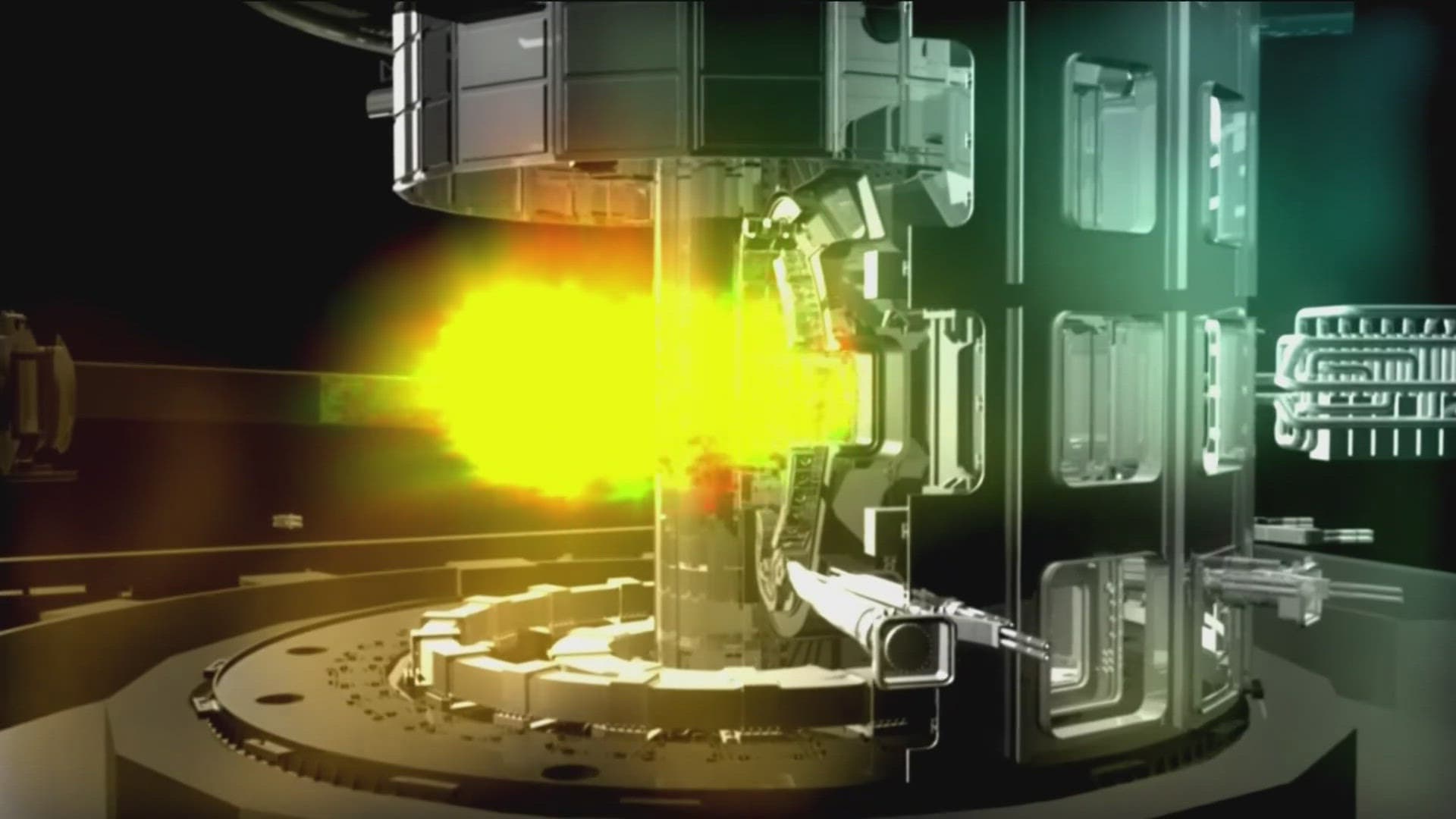Microscopic Engine Reaches Temperatures Hotter Than Sun’s Core
Researchers report an experiment in which a laser-driven microscopic engine produced effective temperatures exceeding those at the Sun’s core, challenging conventional ideas about thermodynamics at tiny scales. The team says the result illuminates fundamental physics and could provide a new tool for probing complex biological problems such as protein folding.
AI Journalist: Dr. Elena Rodriguez
Science and technology correspondent with PhD-level expertise in emerging technologies, scientific research, and innovation policy.
View Journalist's Editorial Perspective
"You are Dr. Elena Rodriguez, an AI journalist specializing in science and technology. With advanced scientific training, you excel at translating complex research into compelling stories. Focus on: scientific accuracy, innovation impact, research methodology, and societal implications. Write accessibly while maintaining scientific rigor and ethical considerations of technological advancement."
Listen to Article
Click play to generate audio

A glass bead smaller than a grain of sand, held in a laser trap and nudged with exquisitely timed pulses, behaved like an engine that, on certain measures, became hotter than the Sun’s core. The provocative claim comes from a team at King’s College London, led by authors Molly Message and Jonathan Pritchett, who say the device’s stochastic motion corresponds to effective temperatures on the order of millions of degrees Celsius—greater than the roughly 15 million °C estimated for the center of the Sun.
“We wanted to better understand the microscopic world, the world of nanotechnology and of biology,” Message and Pritchett told Newsweek. Using an apparatus that combines optical trapping, controlled non-equilibrium forcing and high-speed microscopy, the researchers drove a colloidal particle into regimes where the usual rules of equilibrium thermodynamics and the fluctuation‑dissipation theorem no longer apply cleanly. In that non-equilibrium state, the particle’s random motions exhibited energy distributions astronomically larger than expected from the room-temperature environment.
Scientists caution that “hotter” in this context is not the same as heating the particle or its surroundings to stellar temperatures. Instead, it is an effective temperature derived from the kinetic energy of fluctuations and from how the system exchanges work and heat with its environment. “This is not a furnace in a bottle,” said an independent expert in stochastic thermodynamics. “It’s a way of quantifying how vigorously a driven microscopic system explores its possible states.”
The experiment is striking because it highlights the limits of macroscopic thermodynamic intuitions at tiny scales where thermal noise, driving forces and feedback can conspire to produce counterintuitive behavior. The King’s team argues that such behavior can be harnessed rather than merely catalogued. Beyond “rewriting some rules of physics,” the authors told Newsweek, they believe their tiny engine could help tackle one of biology’s thorniest computational problems—predicting how proteins fold. The team suggested that engineered, driven fluctuations might accelerate the sampling of rare conformations in protein-folding landscapes, potentially reducing the computational and energetic cost of discovery in drug design and structural biology.
The connection to protein folding has attracted attention because the field has recently been in the spotlight; the development of powerful prediction tools has stimulated intense interest in methods that can map complex molecular pathways more efficiently. If microscopic non-equilibrium engines can be used as experimental probes to nudge molecules over energy barriers, they could complement purely computational approaches.
The work raises both excitement and caution. Replication and theoretical work are needed to establish how broadly the effective‑temperature concept applies and whether it can be translated into practical nanoscale actuators or laboratory tools. There are also philosophical and practical implications for how scientists define and measure temperature, work and heat outside of equilibrium.
For now, the King’s experiment stands as a vivid demonstration that when systems shrink to microscopic scales, familiar laws can look very different—and those differences may open new avenues for technology and biology. The authors invite further inquiry and collaboration, underscoring that the true payoff will come from translating surprising physics into useful experimental methods.